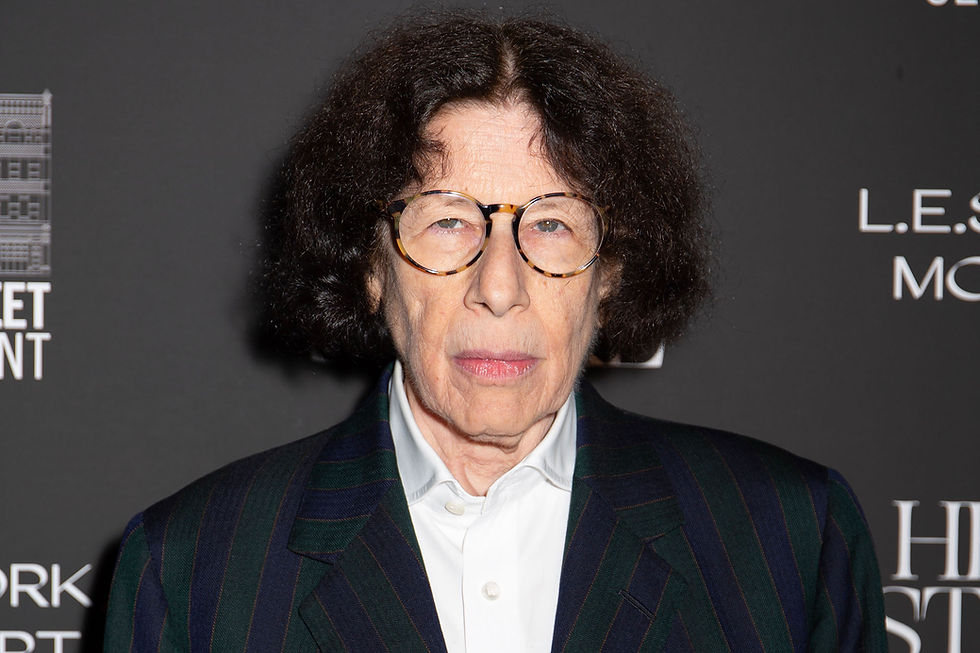Moses, the smashing of the Tablet, and tea on the grass
- Minyan Team

- Jul 18, 2021
- 4 min read
by Maya Vaughan

I was taken a little by surprise when Rabbi Daniel called on all of us gathered in Lauretta and Martin’s garden to come together in a circle to share ideas and to sing. On reflection, I am not sure why this surprised me as I know how much any community - especially a Jewish one - loves to come together to sing, to connect and to philosophise, it had just been so long I had almost forgotten.
As we began to sing, Debbie’s toddler sat on the grass among us taking it all in. Her young eyes took in this strange sight of people coming together on the physical plane.
Rabbi Daniel reminded us of the story of Moses and the smashing of the Tablet after the golden calf episode, and invited our reflections. As he urged us to explore the links between now and the ancient story of Moses’s explosive reaction to his followers worshipping a golden calf while he had been on Mount Sinai, his intention became clear. His hope was that the ideas that flowed from the exploration might come some way to answering the question of how we as a community could contribute to rebuilding and shaping a more positive future as we emerge from this pandemic.
There were only twenty of us gathered there that day, but the significance of us being together in person after so long in isolation, to share what we had all been through and to reflect on the stories of old, was not lost on us.
Unsurprisingly there was not much pausing for breath as Rabbi Daniel sent us off in pairs to discuss the meaning of Moses’s rage and what we could learn from this story.
Ideas flowed as we reflected on the importance of this rage, both then and now. Some saw Moses’s rage as a boundary setter - a resounding “No” to the errant action of his followers. We understood in that moment that rage is both healthy, almost vital but destructive too. Some emphasised the important role that anger plays as we emerge from this crisis, in challenging inequities, cronyism, and corruption. Others feared that the anger could erupt in a messy and unruly way. Kate, who lectures on social history used the example of the recent protests in Poland, where very angry women had taken to the streets to expose corruption and say "no more" to the dismantling of their civil liberties, to show the importance of rage in movements for change.
Rabbi Daniel shared his fears of the simmering rage that he felt was brewing under the surface as people are beginning to reflect on what they have lost or had taken away from them in recent times. The question of how we as a community could contribute to harnessing this energy to effect change and build bridges hung in the air.
There was also a felt-sense that change was organically brewing especially among the youth which gave us hope. I watched Rabbi Daniel listening intently as he searched for a menu of action in what was being shared. What emerged as key players in the menu for action, was the importance of listening to young people and forging links with other like-minded communities - a kind of strength in numbers and a potential for collaboration and cross pollination of ideas As the discussion continued, we see-sawed from dark to light and light to dark. We saw both the good and the bad in all that we had experienced over the last couple of years. We saw the power and potential of the huge reset that the pandemic had given us, such as consuming less and learning to be happy with what we have, but we were also acutely aware of the dark side such as the way in which the pandemic had opened the gates for more control, for the spreading of untruths & half-truths and how it allowed injustices and the need for the change to be swept under the carpet.
We touched upon the pros and cons of technology in the same way. We saw how it had brought us together, helped us stay connected and contributed to change events and rebellions. But we also saw the way in which technology had hijacked our internal world and created huge polarisation. In short, we were reminded that afternoon that community is both strengthened and dismantled by crisis, by technology and by the breadth of the human experience. And finally, back to Moses and the Tablet. There was much talk about how this dynamic was mirrored in today's world - the breaking with the old and the ushering in of the new which carries with it both the potential for positive shifts and also the danger of forgetting the lessons learnt, losing grip of our roots and even our faith. Things fall apart but in the breaking apart there is also light. As the great Leonard Cohen said… “there is a crack in everything that’s how the light gets in”.
I left the party with my daughter Chaya in tow smiling as I reflected on the power of community, and of the human mind to find meaning in our stories, and to connect then with now.




Comments